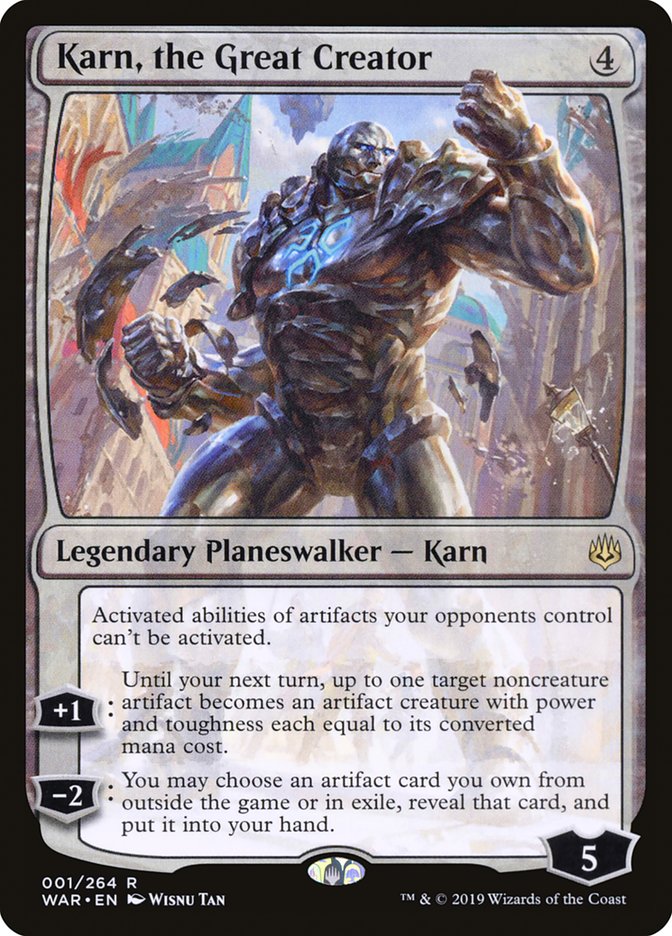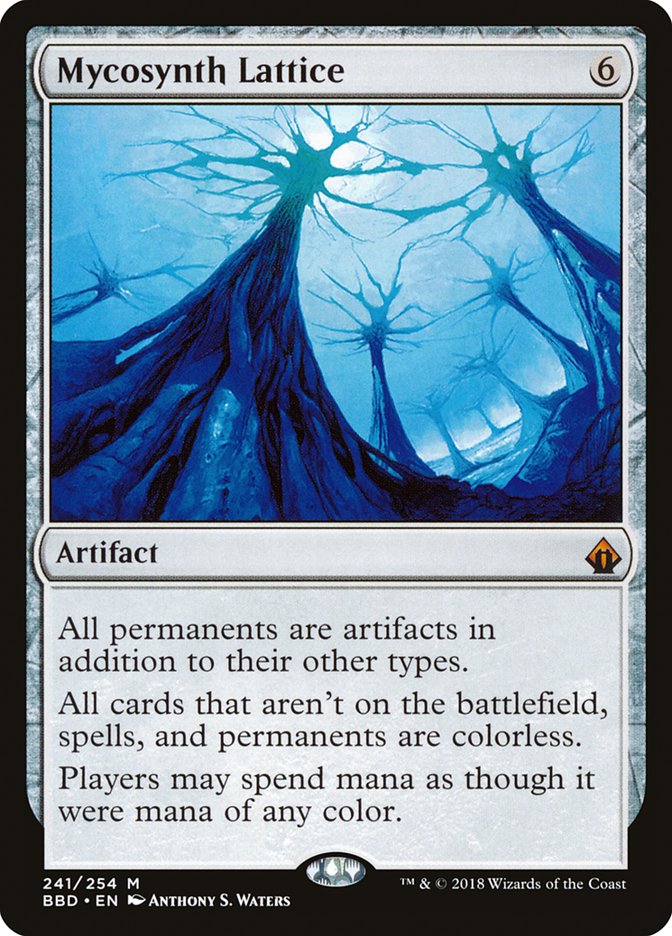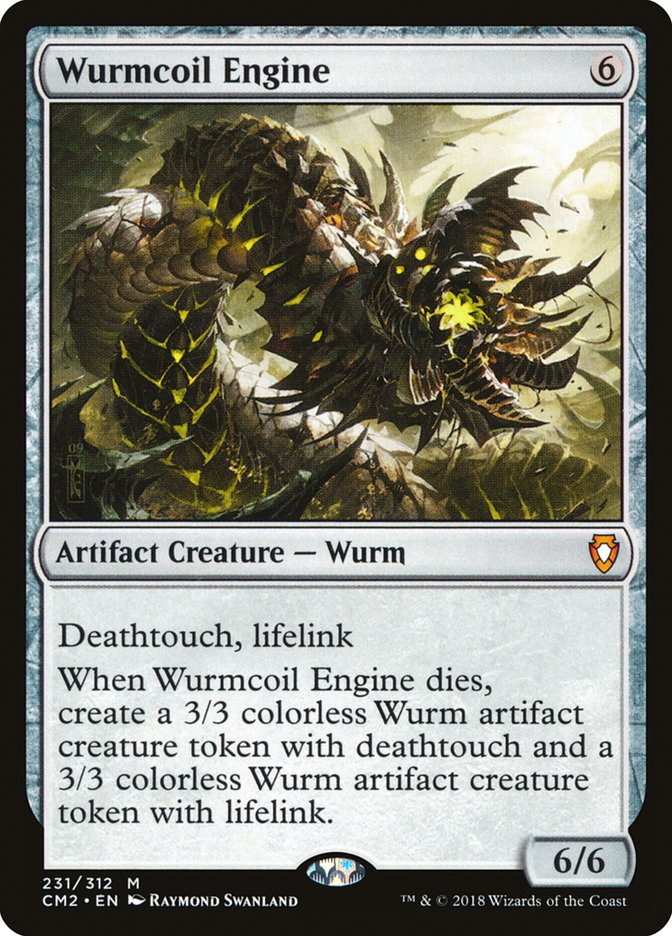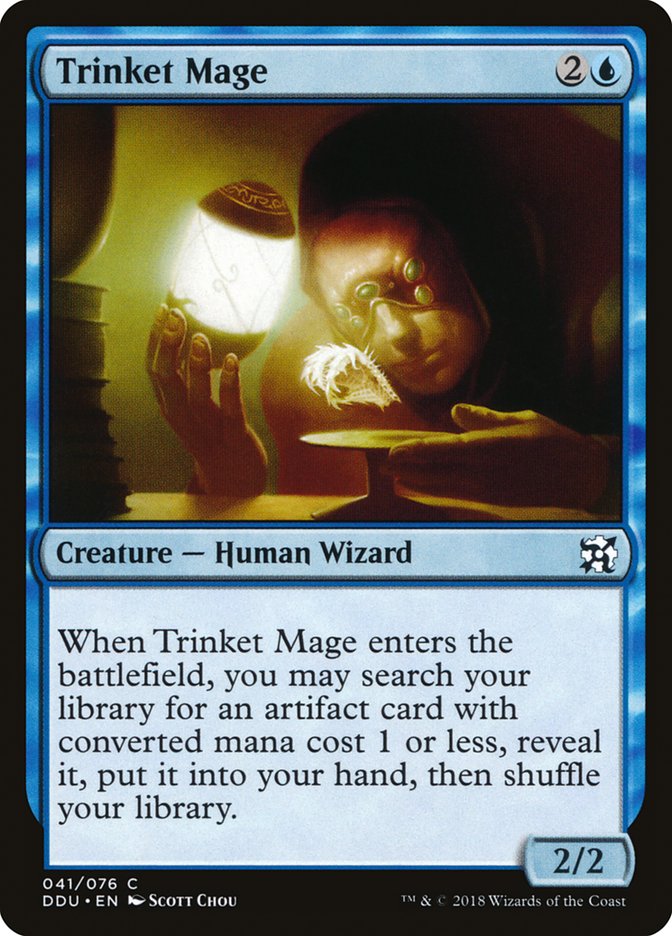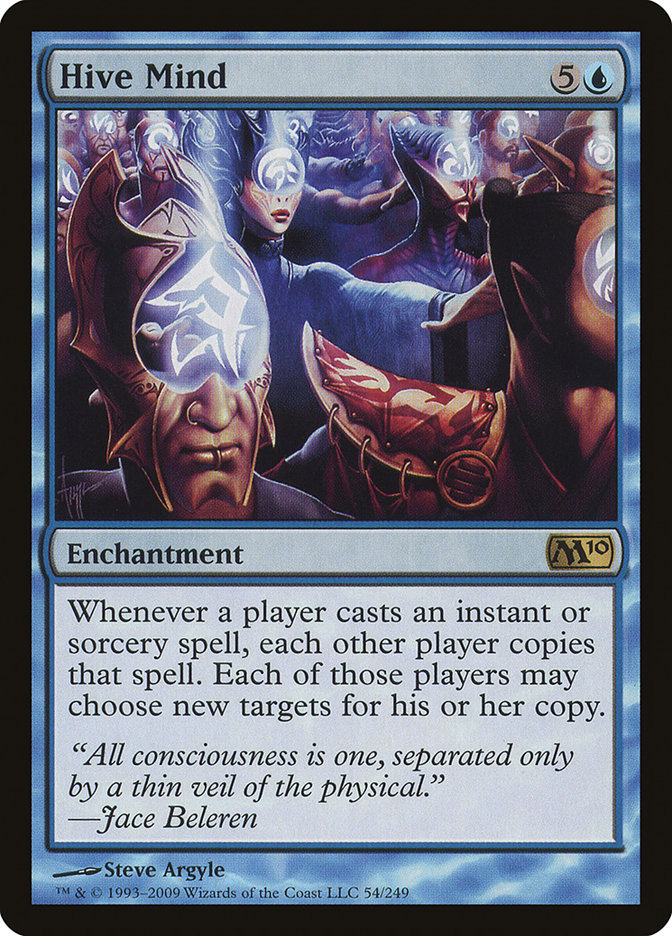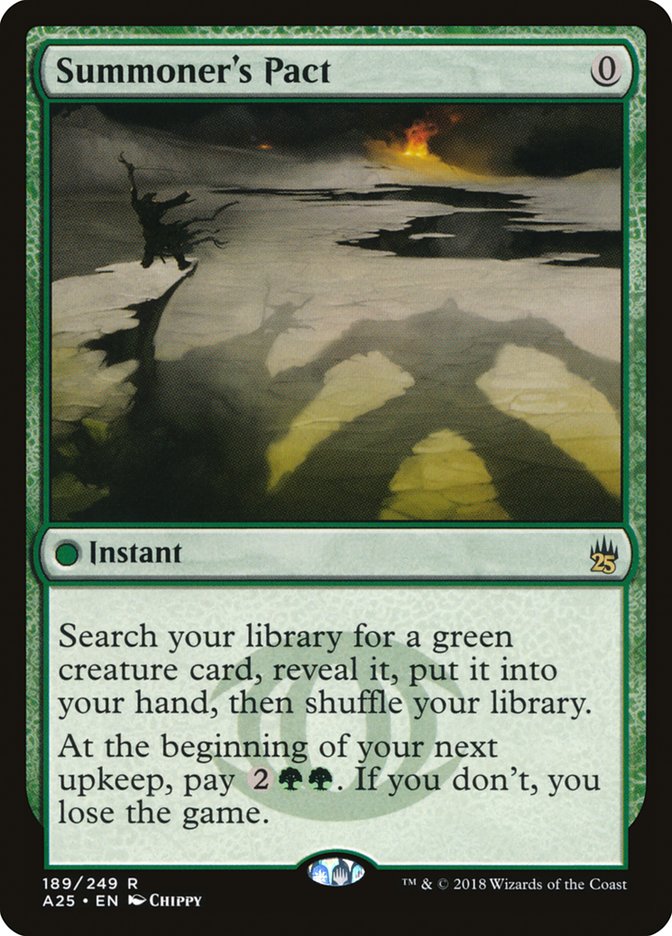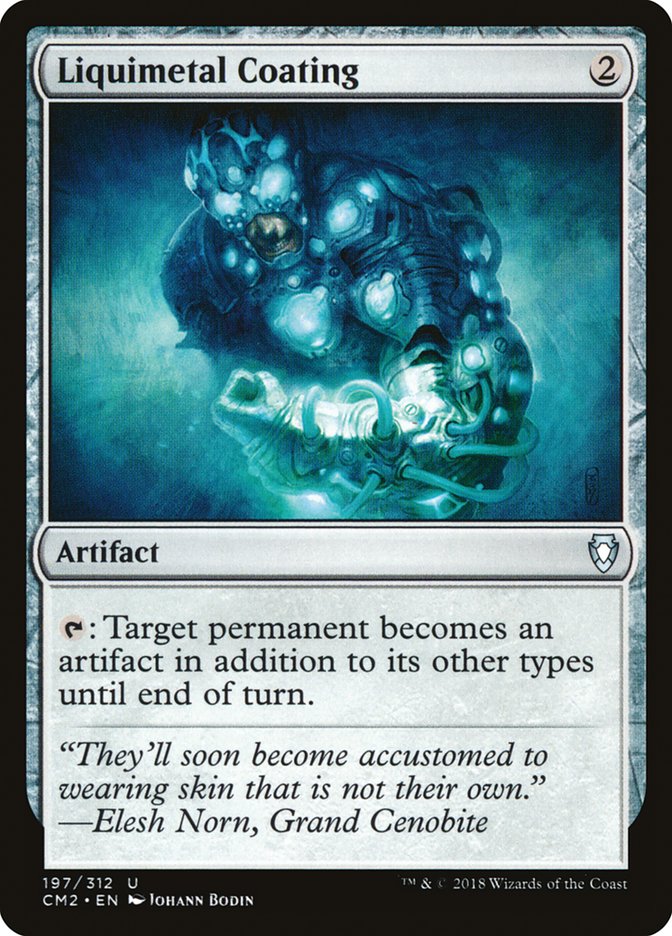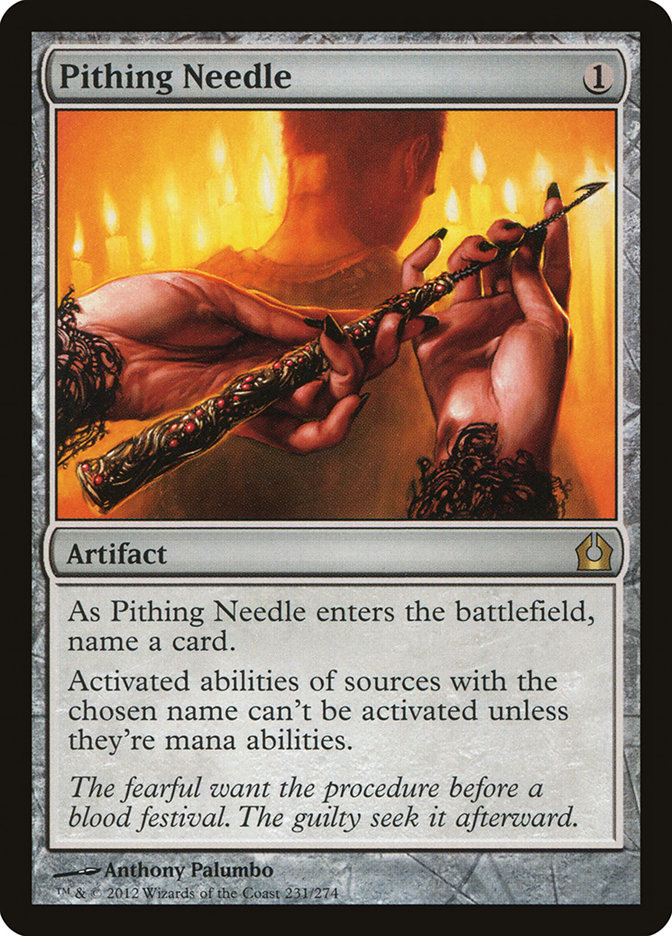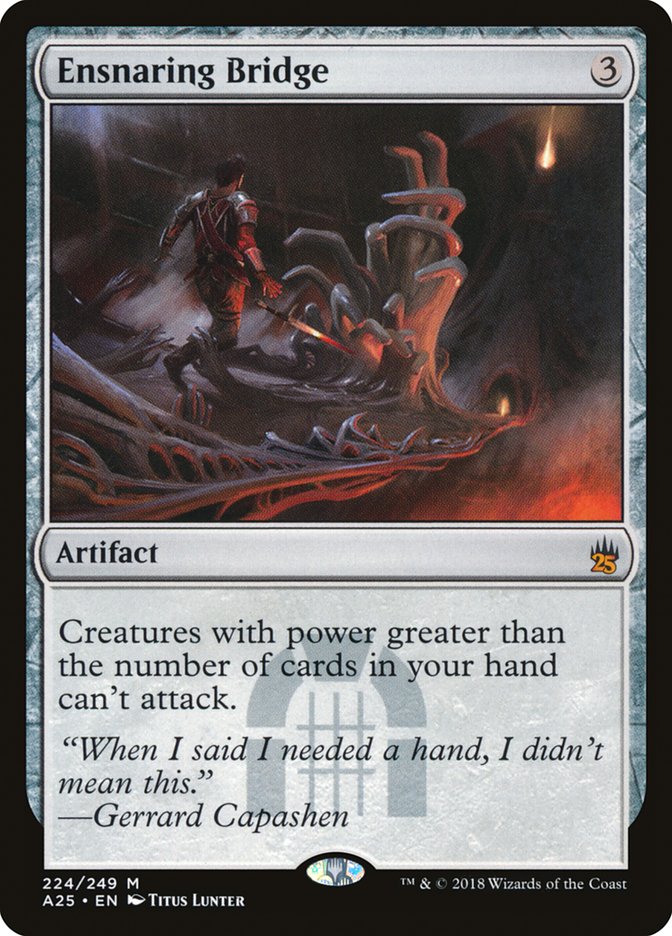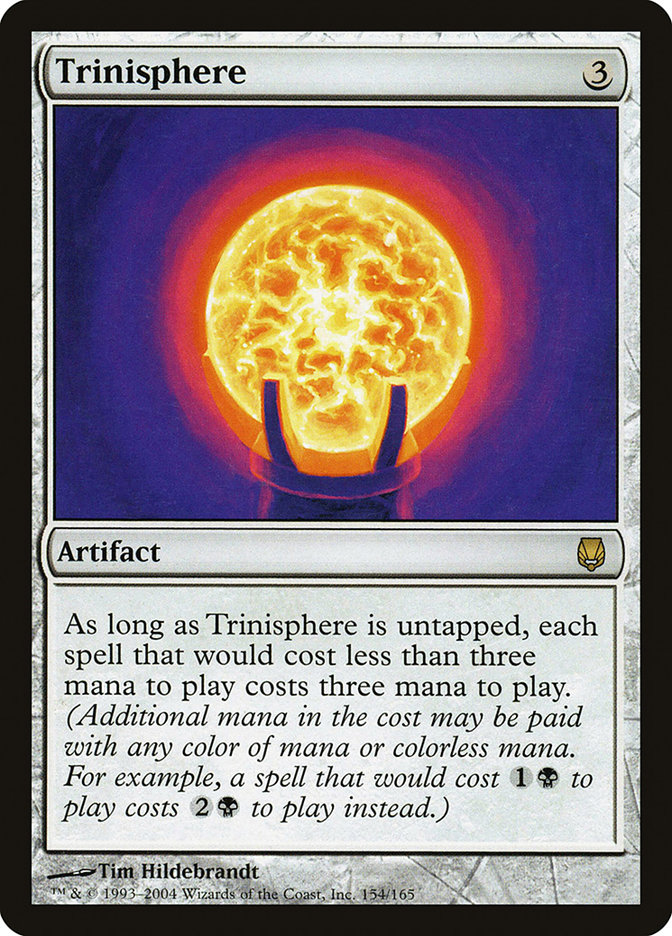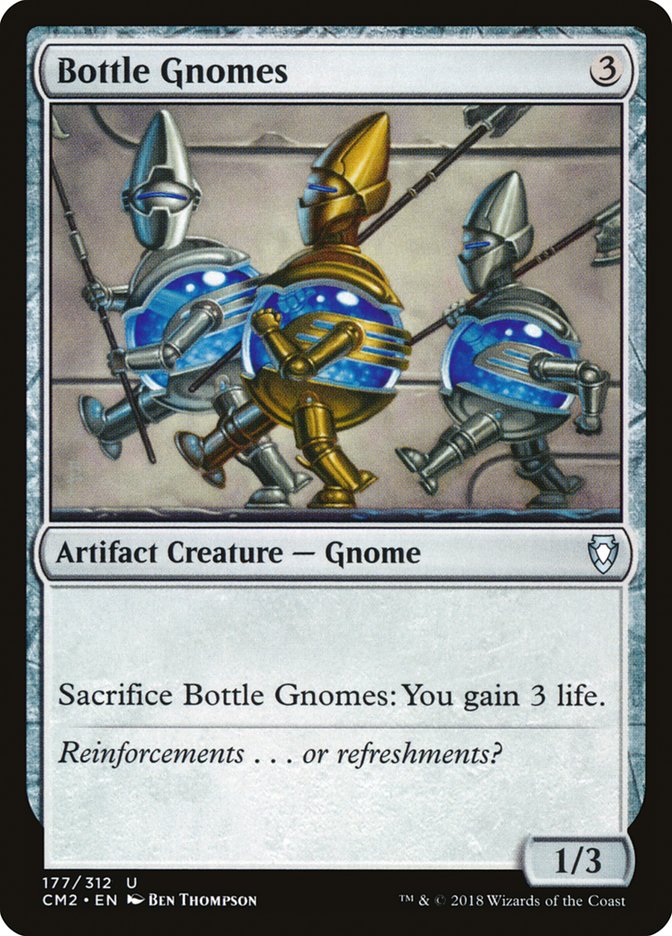War of the Spark has come to Modern with a hit-rate higher than that of any set before it. Narset, Parter of Veils; Teferi, Time Raveler; Davriel, Rogue Shadowmage; Neoform; Blast Zone; Mayhem Devil; Finale of Devastation; Finale of Promise… It’s almost too much to take in. A dramatic influx of new cards to a non-rotating format typically requires months of results and data and playtesting to determine exactly where the format will settle.
This time around, though, our post-release refractory period is a brief one. Modern Horizons preview season has already started, and if War of the Spark went particularly hard after the existing Modern metagame, what do you think the set specifically designed for the format is going to do? Thankfully, my fellow Star City Games authors are keeping an eye on Modern Horizons previews this week, leaving me free to finally talk about the retool of my favorite Modern archetype.
That’s right, friends. This week’s column is going to be #AmuLIT.
Creatures (13)
Planeswalkers (4)
Lands (28)
Spells (15)

While my name appears on the marquee here, I can’t emphasize enough how much credit @fpawluszmtg deserves for working tirelessly on integrating Karn, the Great Creator into the Amulet Titan archetype. My own list is only two cards off from the last list I saw from the extremely talented Amulet streamer – we’re very much in agreement on exactly what these new Karn-containing builds should look like.
Notice I refused to call the deck Karn-centric, because Karn is still squarely in the B-plan role here. As long as Amulet Titan continues to be a deck, it will always be Primeval Titan-focused. Despite this fact, Amulet Titan’s strength has historically ebbed and flowed with the viability of its secondary options. The deck’s stickiness in the metagame stems from the fact that these B-plans are multitudinous. No matter the pressure points of the format, Amulet Titan was ready to come to the table with a new secondary color, a new silver bullet, or an entirely new way of winning the game. Karn seems to be all of these things and more, rolled into a single package.
I’m going to assume a level of Amulet Titan familiarity for the rest of my discussion. If this is your first encounter with the deck, I recommend you check out some of my earlier work on the archetype, particularly this article and this podcast. I think the best way to understand how the addition of Karn, the Great Creator impacts Amulet Titan is to look at its upsides, its downsides, and the options you are giving up in order to make the planeswalker and its tutor targets fit in your deck.
Upside of Karn Builds
Even the strongest pushers of the idea that Amulet Titan has no bad matchups (aside, because I’m yelled at every time I make content about Amulet Titan – no one actually believes this) all tend to get a little bit quiet when the topic of Blood Moon gets brought up. Previously, the plan for Game 1 Blood Moons was to hope you naturally drew two Forests so that at some point you could start casting Colossal Dreadmaws. Surprisingly, this ended up not being a very successful strategy in Modern. Now, there is something halfway reasonable you can look to do in earlier stages of the game. If you shut off your opponent’s entire deck with Mycosynth Lattice and find yourself a Wurmcoil Engine, you’re probably good. It hasn’t solved the problem, but a shift from 5% chance of winning to a 25% percent chance of winning would be a huge one. I don’t know if the improvement is that drastic, but we’ll take what we can get here.
The bigger upside comes in the flexibility the Karn, the Great Creator grants. When Edgar Magalhaes and Matthew Dilks were climbing the SCG Tour leaderboard, they were doing so with seemingly perfect lists of Amulet Titan for every given metagame. But making the determinations that get you to the right list is an imperfect process. Even the best metagamers on the planet just miss sometimes.
With Karn, the Great Creator, misses are far less punishing. If your Karn-based sideboard is appropriately contemplating most macro-strategies (e.g. spell-based combo, graveyard decks, fair midrange decks, etc.), you will always have access to counterplay options. This is not to say the idea of metagaming with your Amulet Titan deck is obsolete. Small, thoughtful adjustments will continue to pay dividends. It’s just hard to get things quite as wrong.
This safety extends to Game 1s. Amulet Titan has prided itself on having game against everything, but a lot of that game was tied up in sideboard options. A properly built Karn sideboard should more evenly distribute matchup percentage across all three games in the most troublesome matchups.
Karn, the Great Creator is able to achieve all of this while leaving the slightest footprint across the deck. The core combo of, well, Primeval Titan, remains as effective as ever. The only accelerant I’ve lost from my pre-Karn list is a single Coalition Relic, and I’ve replaced that with a Skyshroud Ranger to weaken the effectiveness of sideboard artifact hate.
Downside of Karn Builds
Despite the small footprint of Karn, there must be some casualties in this evolution. Three sets of cards in particular come to mind.
The Trinket Mage package was a brilliant response to the rise of Humans as the best deck. A chump blocker and additional copy of the two best cards in the matchup (Engineered Explosives and Walking Ballista) granted some real percentage points. With the Walking Ballista gated behind Karn’s -2 and fewer maindeck Engineered Explosives, this matchup will get worse. Presently, the Modern metagame seems diverse enough that a downgrade here, while not ideal, is tolerable.
When all the Izzet Phoenix players went Blood Moon crazy, Hive Mind was the unexpected answer. In combination with Coalition Relic, Hive Mind laid out a clear path to victory in an otherwise trying spot, while simultaneously providing an oddball win condition that had to be respected by every opponent. Does this remind you of any other card? The difference here is that Karn costs four colorless mana, brings more utility to the table, and doesn’t require naturally drawing anything else to combo with to win the game. Karn is mostly an upgrade here, but there are sure to be some spots where Hive Mind would have done the job more effectively.
The combination of Tolaria West, Ancient Stirrings, and Summoner’s Pact meant that any single green creature included in you maindeck was always just a stone’s throw away from the battlefield. Hornet Queen, Ramunap Excavator, and even Zacama, Primal Calamity have bailed out Amulet players from otherwise unwinnable situations. Karn will cover some of those situations, but it is simply not as accessible as a green creature. It makes up for this by being a far friendlier draw in openers than the one-of tutor targets, and by winning the game itself if left unchecked. Also, we often forget those tutor targets tended to be better than Primeval Titan in very limited situations and, if they were better, only marginally so.
The “Wish” Sideboard
I’ve kept my sideboard package of Karn -2 targets lean, as I really want the cards I’m searching up to have a game-altering effect. Crucible of Worlds gives us a knockout punch against Tron and in the mirror while shoring up our own vulnerabilities to land destruction. Wurmcoil Engine is straight=up unbeatable for several decks. Tormod’s Crypt is the only zero-mana card worth playing, and its free nature renders it a fine Turn 2 or Turn 3 grab against Snapcaster Mage and Arclight Phoenix decks where it would often be underwhelming if we were playing it at face value. The proven commodities of Engineered Explosives and Walking Ballista are mostly happy biding their time in the sideboard now (one Engineered Explosives remains in the maindeck), as these cards were extremely variable on a matchup-to-matchup basis. Then, of course, there’s the Mycosynth Lattice.
The combination of Karn and Mycosynth Lattice sounds like Commander fodder the first time you hear it described, but once you start playing with access to it, you realize it will be a staple of Karn sideboards forever. It’s not your priority in most instances, but it will hand you so many “free” wins. I think people have been slow in accounting for the proliferation of this kill condition into the format, but I wouldn’t expect that to last forever. As it creeps into more and more different archetypes (check in with Tom Ross for more on that later this week), opponents will react to Mycosynth Lattice in the same way that people eventually trained themselves to be ready for Blood Moon. Despite this fact, the mere threat of the card changing the way your opponent must play will often be enough to allow you to resolve a Titan and get back to typical Amulet business.
A few words on the cards I’ve chosen not to include in my sideboard:
The combination of Karn and Liquimetal Coating seems too cute to be real, but honestly, so did the Mycosynth Lattice combo until I played with it. Coating allows you blow up any land in combination with Karn’s +1 ability. It can also allow you to shut off the activated abilities of any permanent that might be problematic for half of a turn cycle. This secondary function is at its best against planeswalkers due to their timing restrictions. To me, this is competing for some of the space that Crucible of Worlds is occupying, and Crucible isn’t blank cardboard if you find yourself without Karn’s assistance. However, our deck is adept at powering out Karn as early as Turn 2, and it seems tough for a lot of the format to beat recurring Stone Rain starting on Turn 3. Liquimetal Coating feels really close to meriting inclusion. Don’t sleep on it because it looks silly.
Pithing Needle is a card that reveals more uses the longer you play with it. Presently, a list of high-impact shutdowns in the Modern format isn’t immediately apparent. Even if I can come up with some meaningful cards to name, they usually aren’t ones that are impacting our primary plan of casting Primeval Titan. I think when this card’s time is right, it will be clear to us, but I’m not there yet.
The nature of your bounceland manabase will leave you with too many cards in hand to make Ensnaring Bridge effective. Ensnaring Bridge just doesn’t work here, as clutch as the option would be.
The format just isn’t about traditional combo presently, and this comes online too late to effectively impede things like Izzet Phoenix. Just not the right time for Trinisphere.
This one is here just for fans of the Arena Decklists Podcast. Bottle Gnomes is horrible. I literally do not know what I was thinking. Please don’t play it.
As we head into SCG Louisville and the first major Modern tournament since Karn’s appearance on the scene, I’m excited to see both the impact and reactions to Karn. I think there’s an interesting puzzle to be solved on the Karn-answering side. While the obvious response would be to load up on artifact hate like Ancient Grudge, if Karn is played in large numbers, it should also have a chilling effect on the decks that are vulnerable to its static ability.
If Karn’s presence alone is enough to keep decks like Affinity out of the format, does it really make sense to overload on Ancient Grudges and the like? And if you do, what will those cards do when you get killed by Primeval Titan on Turn 3? The correct response to the rise of Karn is probably just Ceremonious Rejection, as it negates tremendous mana and time expenditure on the part of Karn’s controller, but do you really want to be playing that card against the core plan of Amulet Titan? Almost certainly not.
This whole conundrum really speaks to the beauty of Karn’s inclusion in Amulet Titan. It costs very little in terms of Amulet Titan’s primary plan, and leaves opponents with an impossible question to answer. Having cast aside the horrors of open decklists it experienced at Mythic Championship London, Amulet Titan is poised for a return to form at SCG Louisville.


